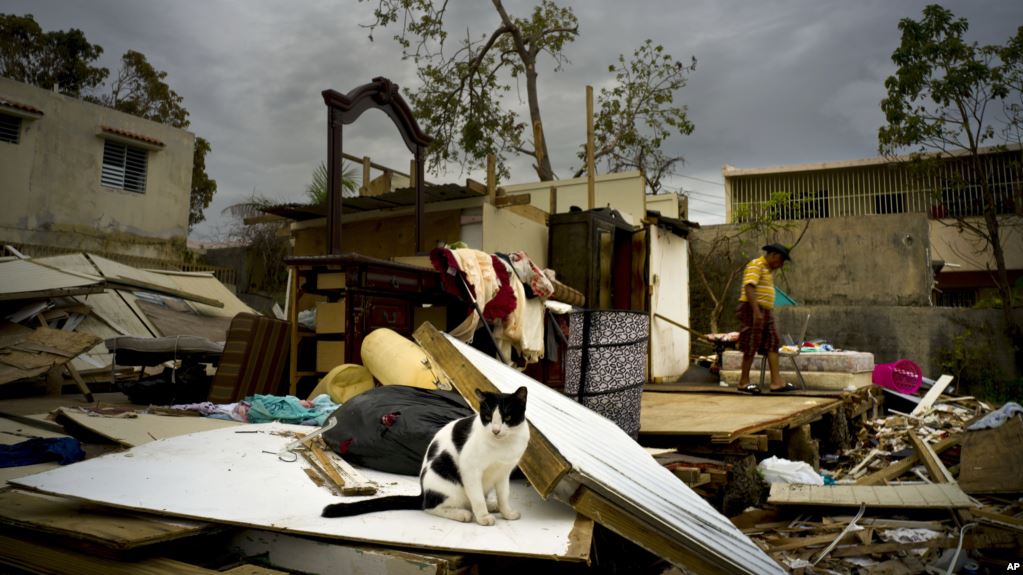LAZY DAYS: In this Friday, Oct. 13, 2017 photo, Luis Sierra sleeps in a classroom at a school-turned-shelter after Hurricane Maria left him and other families homeless in Toa Baja, Puerto Rico. Young people in Puerto Rico have been left stranded by Hurricane Maria.
[ad name=”HTML-68″]SAN JUAN — Nearly two months after Hurricane Maria pummeled Puerto Rico, approximately 3,000 people are still in shelters on the island. Now, FEMA is offering to airlift these Hurricane Maria victims from Puerto Rico to the United States to reach temporary housing.
Under this plan, Puerto Rican residents who were displaced by the hurricane and staying in shelters can choose to relocate to the U.S. mainland.
According to FEMA’s website, the Transitional Shelter Assistance (TSA) program “provides short-term lodging assistance for evacuees who are not able to return home for an extended or indeterminate period of time following a disaster.”
In a statement to ABC News, a FEMA spokesperson said, “FEMA is working to establish host-state agreements with both Florida and New York to accept those identified survivors.”
There are people in the U.S. who are currently taking advantage of the TSA program, but this is FEMA’s first attempt at creating an “air bridge,” where they would airlift families from Puerto Rico to host states like Florida and New York.
While priority is being given to the approximately 3,000 survivors who are still residing in shelters, interest in the TSA program has been low.
In an interview with CBS News, Mike Byrne, a federal coordinating officer for FEMA, said that out of about 300 families FEMA agents interviewed only 30 expressed an interest in being airlifted to the mainland. Those 30 families wouldn’t even fully commit to the plan yet.
Byrne did not give an exact date for when families would start to be airlifted, saying FEMA is still working out the logistics of the program and gauging people’s interest.
FEMA hopes to provide a full-service operation, including transportation to and from the airport, once families arrive on the mainland.
The agreement with Florida and New York would have FEMA fly survivors to New York and put them up in a hotel for two months. Those already in New York can get two months too if they qualify.
Maria came ashore in Puerto Rico on Sept. 20 as a Category 4 storm with sustained maximum winds of 155 mph. Over 20 inches of rain fell in many areas and power was knocked out to the entire island. The governor’s office reported just 30.5 percent of the island had power as of Oct. 30.
The official death toll for those killed on the island in the storm is 51 people.
SLOW CHANGE: In this Thursday, Oct. 12, 2017 photo, a girl watches a dog eats leftovers at a school-turned-shelter where residents left homeless by Hurricane Maria are living in Toa Baja, Puerto Rico. The storm swept across the island Sept. 20.


